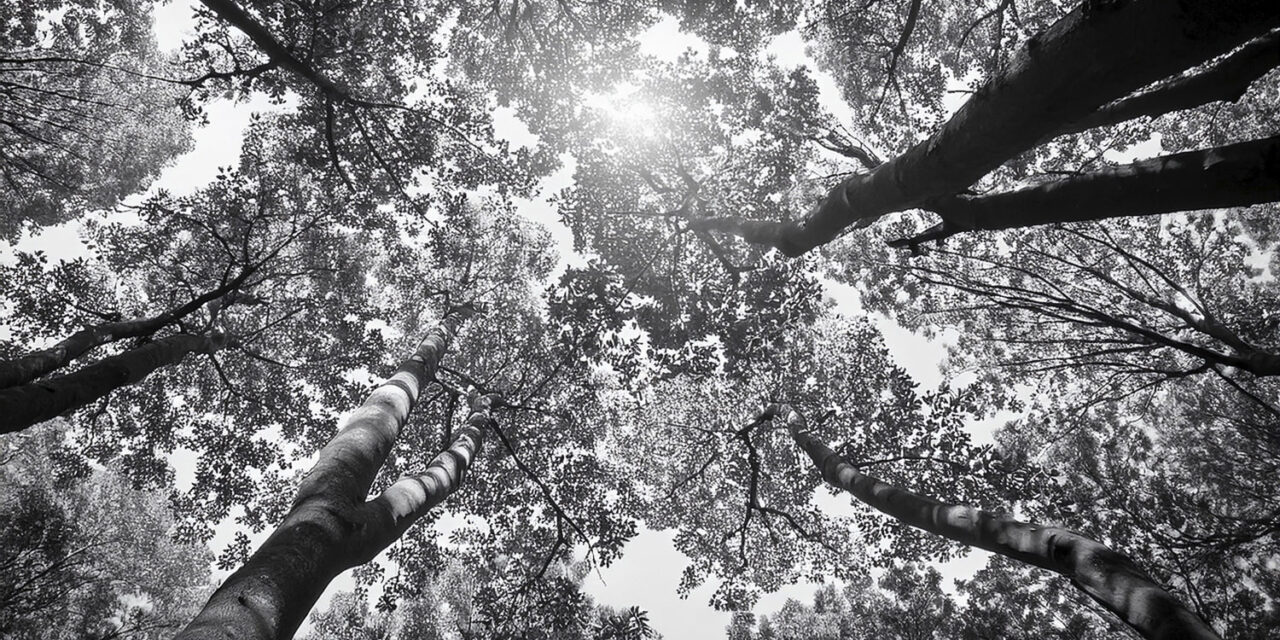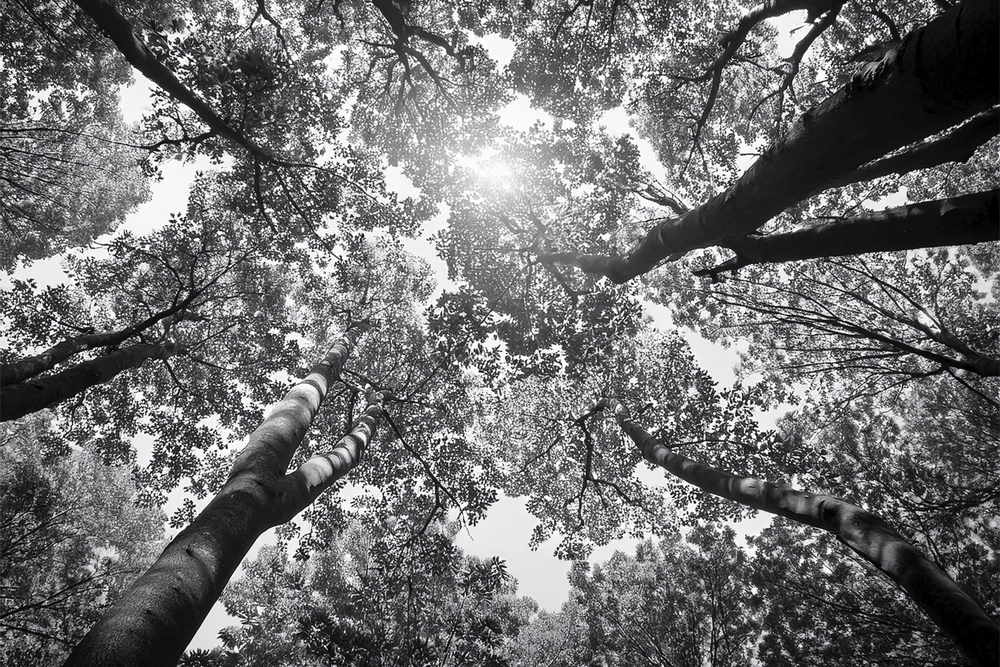Komorebi – Light Between the Leaves
Komorebi (木漏れ日) describes in Japanese the sunlight that filters through the leaves of trees. But more than the light itself, Komorebi expresses a feeling: that fleeting pause in the moment between light and shadow, between the visible and the invisible. In this reflection, I explore Komorebi not only photographically but also as an expression of a deeper aesthetic experience.
A Moment of Stillness
Sometimes, in the early hours, when the world still seems wrapped in cotton wool, there is a peace in the air as delicate as the first ray of sunshine.
I used to call this feeling “At 7 a.m., the world is still alright.”
Today I know: it is not bound to a time of day.
It is there wherever I pause.
Where I lift my gaze, not to find something, but simply to see.
A light, a breath, a silent promise — almost everywhere, almost anytime.
What Does Komorebi Mean?
- 木 (ko) – tree
- 漏れ (more) – to leak, to filter through
- 日 (bi) – sun, sunlight
Literally translated, it means: *sunlight filtering through the trees.* But *Komorebi* is more than an optical phenomenon. It describes a fleeting state in which light, movement, and shadow blend into one another. A quiet reminder that beauty often arises where opposites meet: light and darkness, movement and stillness. We don’t need to seek *Komorebi*. It meets us when we are ready to look.
Komorebi in Japanese Culture
In Wim Wenders’ film Perfect Days, the main character regularly lifts their gaze to the treetops — not to search for anything, but to linger. The play of light becomes a daily gesture of connection with the world.
Komorebi touches on two central concepts of Japanese aesthetics:
- Mono no aware — sensitivity to the transience of all things
- Wabi-Sabi — celebrating the beauty of imperfection and the impermanence of life
Komorebi invites us not to hold on to the world, but to experience it in the moment.
Experiencing Komorebi Through Photography
When I set out to photograph Komorebi, I didn’t realize I was actually searching for a mood — not an image.
I wanted to capture something that is hardly capturable:
the flickering play of light and movement that doesn’t appear when you seek it,
but when you wait, watch — and allow yourself to be found.
Sometimes I think Komorebi is like nature’s quiet smile.
Delicate, casual, and yet so touching that something within wants to pause.
It paints patterns on the ground, on walls, on faces — and sometimes on the camera sensor.
In my photographs, Komorebi is not the subject, but the mood —
an in-between space, an exposure time, a breath.
An image that perhaps suggests more than it shows.
And that is where I find its beauty: just as light never falls the same way twice,
this moment is unique — and already gone.
Komorebi — My Personal Approach
To the Gallery: Komorebi and Photography
In this gallery, I present my personal interpretation of Komorebi — captured in moments between light and shadow.



